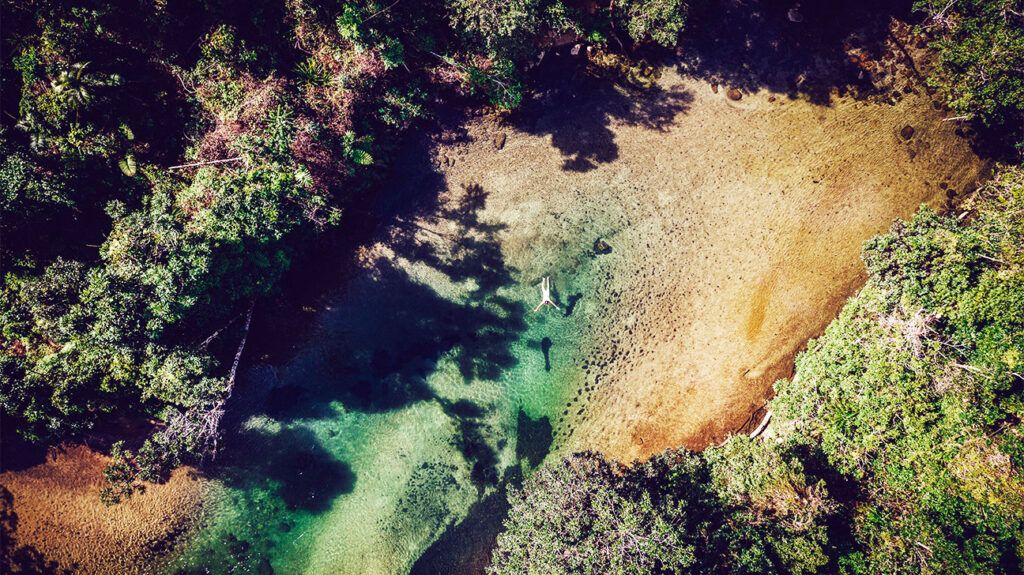The hepatitis A virus (HAV) can survive in water sources, particularly in untreated or unsanitized environments, which poses a significant public health risk. However, contracting HAV through drinking water is relatively low risk in developed countries with robust sanitation systems.
Hepatitis A is a highly contagious liver infection that can cause mild to severe illness, lasting a few weeks to several months. Transmission of HAV is primarily through food or water contaminated with the feces of a person with the virus.
There have been previous reports of
Understanding how hepatitis A can contaminate water highlights the importance of ensuring clean water sources to prevent infections. In this article, we discuss whether individuals can contract hepatitis A from water, other causes, prevention, and some frequently asked questions.

Individuals can contract hepatitis A from water
According to the
Swimming or bathing in contaminated water sources, such as rivers or lakes, can also pose a risk of hepatitis A transmission, especially if the water is polluted with sewage containing the virus.
Hepatitis A infection is more common in countries with poor sanitary conditions and hygienic practices, where up to
However, the likelihood of contracting the virus through drinking water is relatively low in developed countries with robust sanitation systems.
HAV causes hepatitis A infection. HAV belongs to the
The virus is highly contagious, and transmission can occur in several ways. This can include:
- Consumption of contaminated food or water: Consuming food or water contaminated with HAV is a common mode of transmission. This includes drinking untreated water or eating food that someone has washed in untreated water.
- Close contact with someone who has hepatitis A infection: HAV can also spread through close personal contact, such as through sex with someone with the virus.
- Poor hygiene practices: Inadequate handwashing, especially after using the bathroom or changing diapers, can contribute to the spread of HAV.
- Contaminated objects: Infection can occur if an individual touches their mouth, nose, or eyes after touching objects or surfaces contaminated with the virus.
While hepatitis A is highly contagious, it is important to note that individuals
Preventing hepatitis A primarily involves vaccination and practicing good hygiene.
Hepatitis A vaccine
The hepatitis A vaccine (HepA) is
- people traveling to areas with high rates of hepatitis A
- males who have sex with males
- injection and noninjection drug users
- individuals with chronic liver disease
- people with an occupational risk of infection
The vaccine may cause some adverse side effects, including:
If an individual experiences side effects, they should speak with a healthcare professional.
Good hygiene
- Hand hygiene: Washing hands thoroughly with soap and water after using the bathroom, changing diapers, and before preparing or eating food can help prevent the spread of hepatitis A.
- Safe food and water practices: People should avoid consuming raw or undercooked shellfish, and ensure that drinking water comes from a safe and reliable source.
- Immunoglobulin G (IG): For individuals who have not received a vaccination and may have exposure to HAV, a dose of IG
within two weeks of exposure can provide temporary protection against the virus.
Below are answers to common questions regarding hepatitis A and water.
Can hepatitis A live in water?
Yes, the hepatitis A virus (HAV) can survive outside the body for months, especially in untreated or contaminated water sources. Heating food and liquids to temperatures of
Exposure to freezing temperatures does not kill the virus.
Can hepatitis A be transmitted through saliva?
According to the
Can you get hepatitis A from unfiltered water?
If the water contains HAV or is untreated, it is possible to get hepatitis A from unfiltered water.
HAV is
The hepatitis A virus (HAV) causes hepatitis A infection. Transmission of the virus is primarily through food or water contaminated with the feces of a person with the virus. Hepatitis A is less common in countries with robust sanitary conditions and hygienic practices.
Practicing good hygiene, including proper handwashing procedures and safe food and water practices, is essential for preventing hepatitis A infection. Vaccination is also highly effective in preventing infection, particularly for individuals at increased risk of exposure.
By adopting preventive measures, people can reduce the risk and minimize the spread of hepatitis A and protect their liver health.
